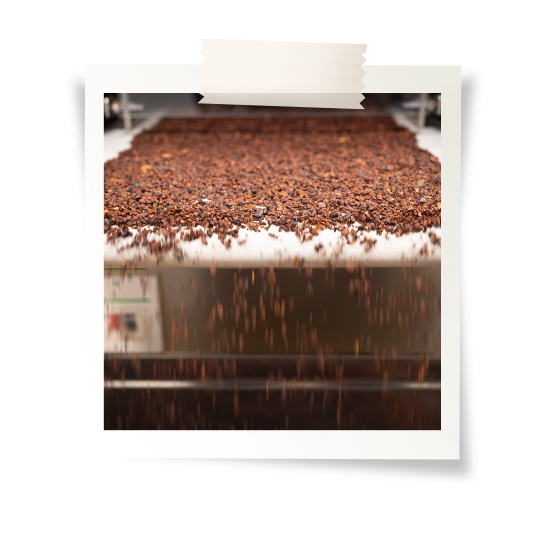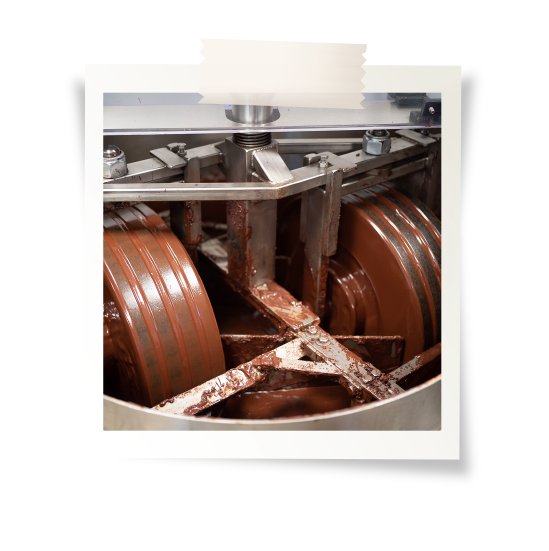The Bean To Bar
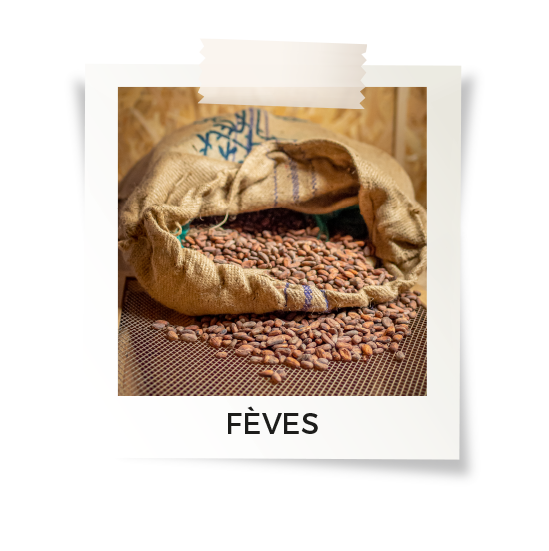
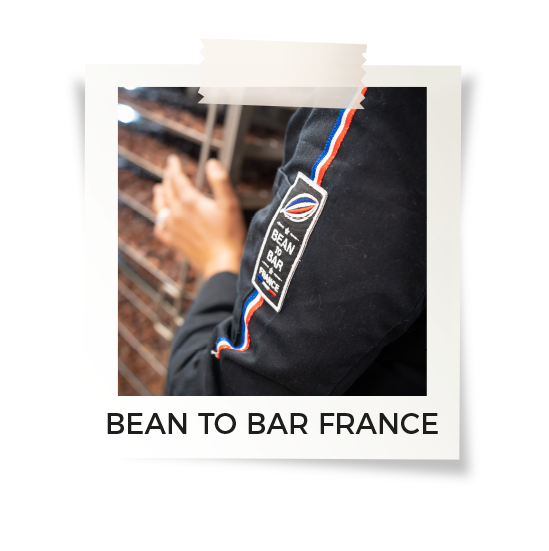

Bean To Bar – what is it ?
Bean To Bar is a traditional way of producing chocolate from the raw material, i.e. cocoa beans. This movement sprang up in the United States in the early 2000s in reaction to the industrialisation and standardisation of chocolate.
What distinguishes a Bean To Bar chocolate maker from an industrial chocolate maker can be summed up in two points:
- Control of the entire chocolate production chain. We choose and buy the cocoa beans ourselves and transform them entirely in our workshop according to an ancient and rigorous process.
- A minimalist and purist approach. To make our chocolate, we only add to the cocoa its natural flavour enhancer, sugar.
Taking the Bean To Bar approach when working with cocoa allows us to make raw products (bars, tasting squares, mendiants, confectionery) that reveal all the subtleties of the original cocoa and offer an explosion of flavours in the mouth.
Bean To Bar – an Eco-responsible approach
More and more chocolate makers showed an interest in going to the cocoa production sites (Origin). There, they met producers and learned to taste chocolate as one would taste a good wine.
In France, many artisans prepare chocolate from cocoa beans. But there are only a few of us who work with chocolate according to the Bean To Bar movement.
Our philosophy : respect for nature, people and the original product.
What we have in common : a desire for transparency and unlimited creativity.
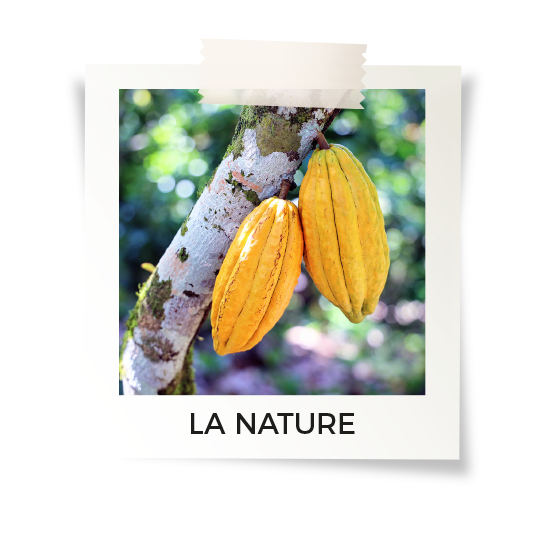
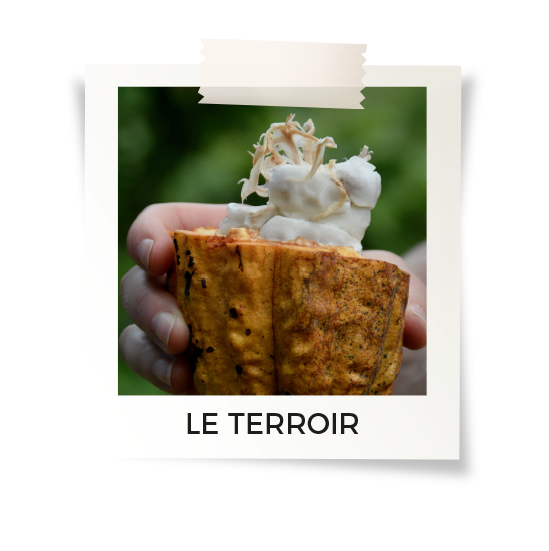
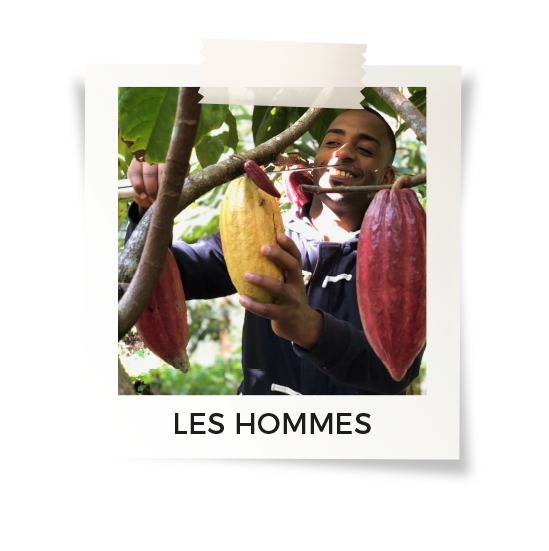
Bean To Bar Chocolate & stages of Production
To make our Bean To Bar chocolate, we work with carefully selected cocoa beans sent by our sourcing agents. Once the bags arrive at the factory, we embark upon a long and meticulous production process in which every stage counts.
1 – The cut test
First of all, we carefully analyse the cocoa beans received in order to check the quality of their treatment post-harvest and to assess their flavour. To do this, we use the method introduced by Carla Martin (President of the Fine Cacao and Chocolate Institute or FCCI).
We take 100 cocoa beans and cut them with a „guillotine“ to check the quality of the beans:
– We check whether the fermentation process was too short or too long
– We check the presence of parasites (worms)
We also carry out a POP Test, which means that we roast and taste the whole bean and the powdered bean, with a little sugar. This also allows us to determine our future Bean to Bar chocolate recipes.
2 – Sorting the beans
The sorting process is a very demanding but important stage because it enables us to guarantee high quality chocolate. We sort the beans by hand, removing the „undesirable“ ones (beans that are flat, too small, open, etc.) and only keeping the exceptionally good ones.
3 – Roasting
Roasting cocoa serves several purposes. Firstly, by drying the beans, the moisture content is lowered and the taste of acetic acid evaporates, thus reducing the bitterness of the cocoa.
The roasting process also helps separate the husk and, of course, develops the flavours of the chocolate!
– Mild roasting brings out fruity, juicy or more acidic notes but can also leave an undesirable taste.
– More intense roasting results in a nuttier, richer, classic chocolate but can mask subtle notes.
Roasting is a decisive and crucial operation and its intensity and duration must be adjusted to suit the specific characteristics of the cocoa beans.
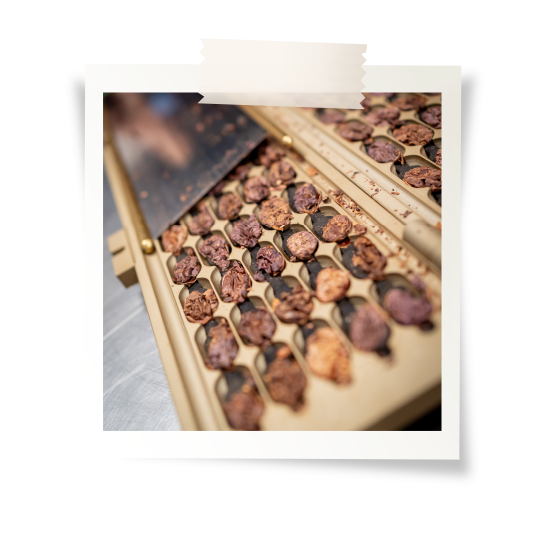
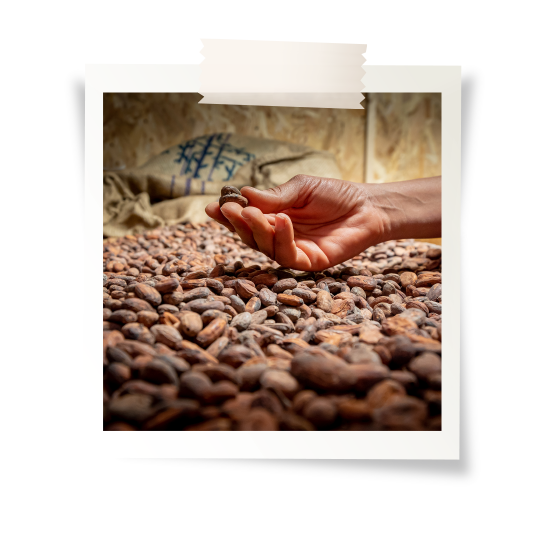
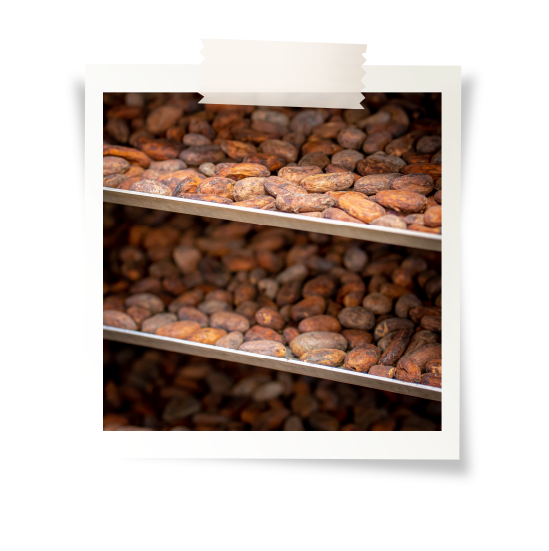
4 – Cracking / Winnowing
Once the beans have been roasted, they must be cracked and the husks removed. To do this, we use a machine that separates the lighter parts (the husk) from the heavier parts (the nib) by means of suction.
But we don’t waste anything – cocoa nibs are used for infusions, giving a subtle chocolate aroma and taste!
5 – Grinding / Refining
Once the husks are removed and the cocoa beans cracked into small pieces, they are ground and mixed with sugar to produce a fine, smooth paste. Then comes one of the most important stages in chocolate making – conching.
Conching is a refining process whereby the chocolate is stirred under the action of heat to develop its flavours. During this stage, the cocoa paste becomes smooth and the flavours of the chocolate develop.
A mixer fitted with 2 granite wheels, each weighing 45kg, is used in the conching process which lasts varying lengths of time depending on the origin of the cocoa and the desired result.
6 – Ageing / Maturing
Just like a good wine, chocolate improves and matures over time. This is why we believe that the maturing stage is so important. It allows us to develop all the distinctive flavours of the chocolate and find the perfect taste.
At 20° Nord 20° Sud, we leave our tasting chocolate to mature for at least 5 weeks.
7 – Tempering / Moulding
Tempering stabilises the cocoa butter crystals in the chocolate. If the chocolate is not tempered, defects may appear. Tempering is the process of heating, cooling and then heating the paste again until the chocolate fat is stable and consistent.
After this stage, the chocolate is poured into moulds to produce the desired shape, a glossy finish, a brittle texture and a certain crunchiness.
As you can see, there are many stages in the production of our Bean to Bar chocolate. It’s a long and meticulous process that we strive to follow in order to obtain high quality chocolate, ready to be enjoyed!
